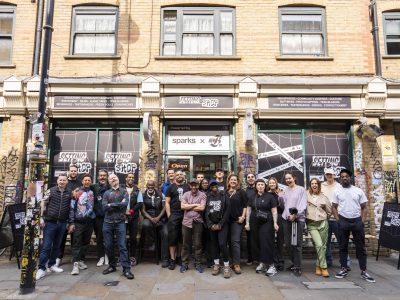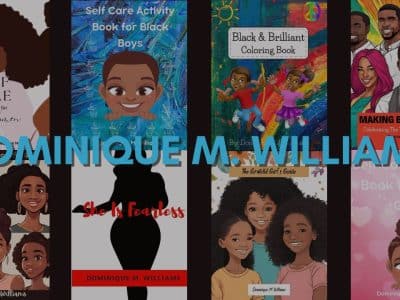A portrait of Sir Thomas Picton was displayed, with new information that clarifies his actions through history. In November 2021, Sir Thomas Picton’s portrait was removed as part of the movement taking down slave owner statues.
One of the new artworks is an installation called “The Wound is a Portal,” created by artist Gesiye, from Trinidad and Tobago, with Nigerian heritage.
Portraits of Trinidadians bearing tattoos and a short film showcasing their heritage were also added to the room at the National Museum Cardiff.
Sir Thomas Picton had been labeled a hero who died at the Battle of Waterloo. At the same time, while he was the governor of Trinidad, he was known for abusing his slaves and governing like a despot.
This is part of a reframing movement seeking the sweet spot between both arguments. Reframing Picton is a youth-led initiative created to update the conversation about race, diversity, and slave-owner memorials.
The statue was a gift from the Earl of Plymouth in 1907.
Picton was the highest ranking British officer to fall at the Battle of Waterloo but also authorized the torture of local people, including 14-year-old Luisa Calderon and was even ordered to stand trial in London.
The portraits had been taken down to re-frame his legacy and provide more context on his actions.
Cardiff had also voted to remove Picton’s marble statue in its Hall of Heroes at City Hall after the growth of Black Lives Matter protests following George Floyd’s death.
In the US, the debate on removing Confederate statues is not too different from the removal of slave-owner statues. Conservative sectors in both countries argue that the statues should be left as they are, given how they represent an important part of history.
Gesiye had commented about her shock upon traveling from Trinidad to see her installation at the museum and witnessing Picton’s portrait, as it framed him as a grandiose hero.
She inquired about what would happen to the remaining portraits, statues, and streets named after Picton and other slave owners and said that there was no answer. Her mom had even grown at Picton Street, for starters.
The new exhibitions added paintings and artwork representing Picton’s victims, including the stories of slaves Present and Thisbe: Picton’s true legacy at Trinidad. Present was a slave caught trying to escape, who has hanged as punishment, and Thisbe, who was tortured in front of Luisa as a threat.
This movement strikes at the idea that the winners tell history. This time, history is being told, taking all sides of context. Most importantly, sides who didn’t have the power to tell their story at the time.

















